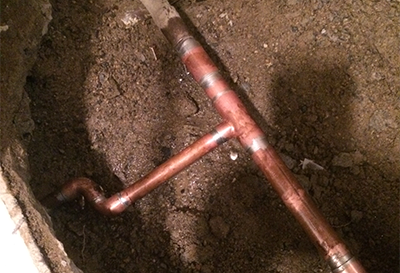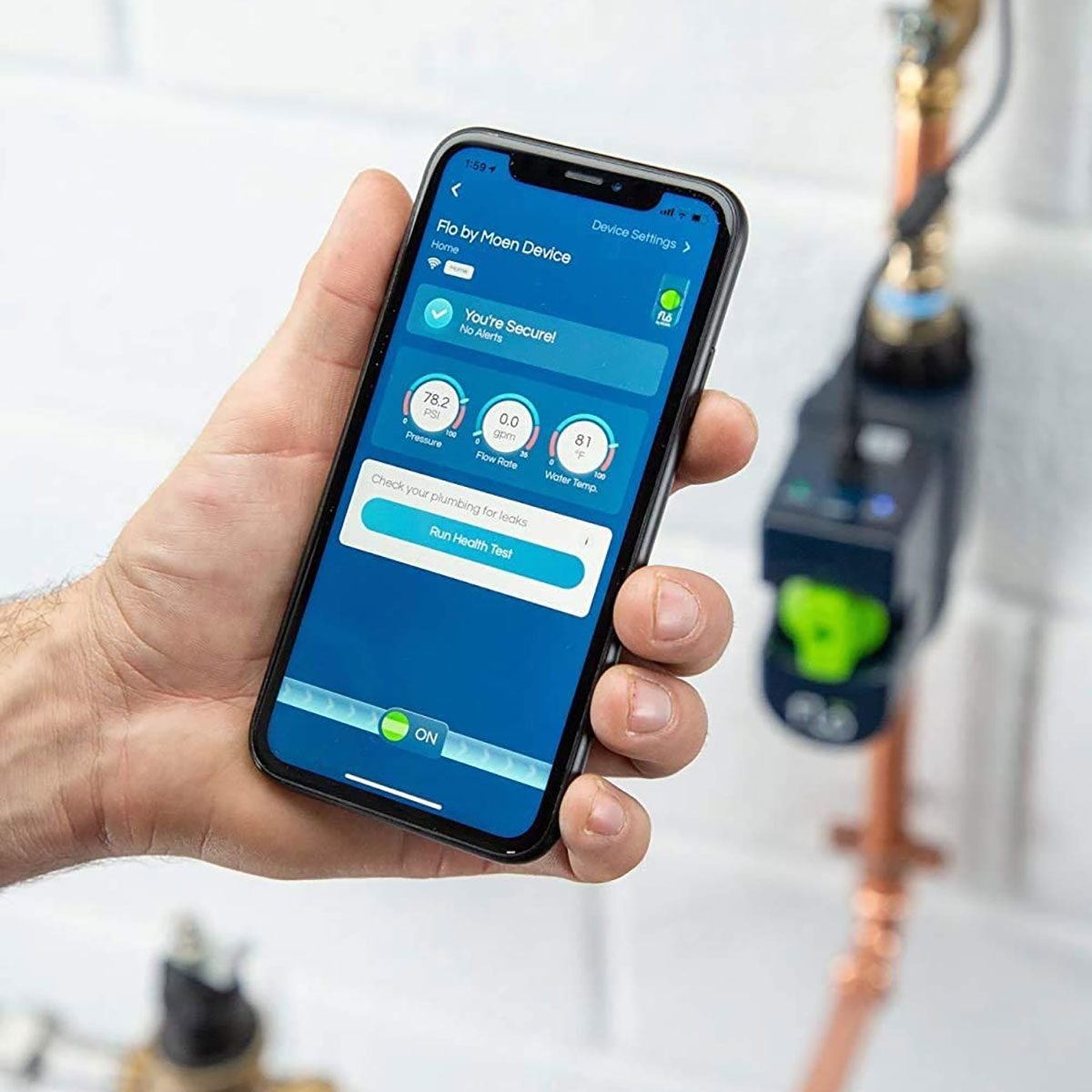They are making a few great annotation about Locating water leaks overall in this content down the page.

Early detection of leaking water lines can alleviate a prospective catastrophe. In addition to conserving you cash, it will minimize the irritation and aggravation. The moment you discover a leakage, calling your plumber for repair services is the best remedy. Some tiny water leakages might not be visible. If you can not discover it with your nude eyes, right here are some hacks that aid.
1. Take A Look At the Water Meter
Every home has a water meter. Examining it is a surefire manner in which assists you discover leakages. For starters, turn off all the water resources. Guarantee no person will certainly purge, utilize the faucet, shower, run the cleaning device or dishwashing machine. From there, most likely to the meter and also watch if it will certainly transform. Considering that nobody is using it, there need to be no movements. That indicates a fast-moving leak if it moves. If you detect no changes, wait a hr or 2 as well as inspect back once more. This implies you might have a slow-moving leak that can even be underground.
2. Check Water Usage
Analyze your water bills and also track your water usage. As the one paying it, you ought to discover if there are any kind of discrepancies. If you identify sudden changes, regardless of your consumption being the same, it implies that you have leakages in your plumbing system. Bear in mind, your water costs should fall under the same range monthly. An unexpected spike in your expense suggests a fast-moving leak.
A steady increase every month, even with the very same practices, shows you have a slow leakage that's also gradually rising. Call a plumber to extensively examine your property, specifically if you really feel a warm area on your flooring with piping beneath.
3. Do a Food Coloring Examination
When it comes to water usage, 30% comes from bathrooms. If the color in some way infiltrates your dish during that time without flushing, there's a leak between the container and also bowl.
4. Asses Outside Lines
Do not forget to inspect your outside water lines too. Examination spigots by affixing a garden tube. Must water leak out of the link, you have a loose rubber gasket. Change this and ensure all connections are tight. If you have actually got a sprinkler system, it will certainly aid get it skillfully examined as well as kept yearly. One small leak can lose tons of water and surge your water expense.
5. Evaluate and also Assess the Circumstance
Property owners need to make it a behavior to inspect under the sink counters and also inside cabinets for any kind of bad odor or mold development. These 2 red flags indicate a leak so timely focus is needed. Doing regular examinations, even bi-annually, can conserve you from a major issue.
If you recognize your residence is currently old, maintain a watchful eye on your heating systems, hoses, pipes etc. Look for stainings and deteriorating as a lot of pipelines and also devices have a life span. They will certainly additionally normally degrade as a result of tear as well as use. Do not wait for it to intensify if you presume dripping water lines in your plumbing system. Call an expert plumber right now so you do not wind up with a dreadful mess in your home.
Early detection of leaking water lines can minimize a prospective catastrophe. Some tiny water leakages may not be noticeable. Examining it is a proven way that aids you discover leaks. One tiny leak can squander heaps of water and also increase your water costs.
If you suspect dripping water lines in your plumbing system, don't wait for it to rise.
WARNING SIGNS OF WATER LEAKAGE BEHIND THE WALL
PERSISTENT MUSTY ODORS
As water slowly drips from a leaky pipe inside the wall, flooring and sheetrock stay damp and develop an odor similar to wet cardboard. It generates a musty smell that can help you find hidden leaks.
MOLD IN UNUSUAL AREAS
Mold usually grows in wet areas like kitchens, baths and laundry rooms. If you spot the stuff on walls or baseboards in other rooms of the house, it’s a good indicator of undetected water leaks.
STAINS THAT GROW
When mold thrives around a leaky pipe, it sometimes takes hold on the inside surface of the affected wall. A growing stain on otherwise clean sheetrock is often your sign of a hidden plumbing problem.
PEELING OR BUBBLING WALLPAPER / PAINT
This clue is easy to miss in rooms that don’t get much use. When you see wallpaper separating along seams or paint bubbling or flaking off the wall, blame sheetrock that stays wet because of an undetected leak.
BUCKLED CEILINGS AND STAINED FLOORS
If ceilings or floors in bathrooms, kitchens or laundry areas develop structural problems, don’t rule out constant damp inside the walls. Wet sheetrock can affect adjacent framing, flooring and ceilings.
https://www.servicemasterbyzaba.com/blog/how-to-detect-water-leakage-in-walls/

As a fervent person who reads on Leaking water lines, I think sharing that topic was a good idea. Sharing is good. Helping people is fun. Thanks for taking the time to read it.